
You are doing it all wrong. Here’s the right way to load your dishwasher
Loading a dishwasher might seem like a simple household task, but many people unknowingly make mistakes that can affect both the cleanliness of their dishes and the efficiency of the machine. From leftover food particles to dull-looking plates, how you load your dishwasher can significantly impact the results. Fortunately, with a few smart strategies, you can maximize your dishwasher’s performance and enjoy spotless, gleaming dishware every time.
In this guide, we’ll walk you through the best techniques for loading your dishwasher correctly, share tips to avoid common pitfalls, and explain why proper placement matters for hygiene and efficiency. Say goodbye to scrubbing and hand-drying after every meal and hello to perfectly clean dishes.
1. The Secret to Spotless Dishes: Avoid Pre-Rinsing
It may seem counterintuitive, but pre-rinsing your dishes before placing them in the dishwasher is usually unnecessary—and in some cases, it can even reduce cleaning effectiveness. Modern dishwashers are equipped with advanced sensors and powerful jets designed to detect and remove food particles efficiently. Pre-rinsing can confuse these sensors, causing the dishwasher to run a less intensive cycle than required.
Instead, simply scrape off large chunks of leftover food. If you’re concerned about stuck-on grime, consider running a short rinse cycle without detergent if your dishwasher offers this option. This loosens food particles without compromising the machine’s ability to detect how soiled the dishes are. Additionally, skipping pre-rinse saves water and energy, making your dishwashing routine more eco-friendly.
2. Knives: Always Point Down for Safety
When it comes to sharp utensils, safety is paramount. Always place knives with the blades facing down in the cutlery basket to prevent accidental cuts when unloading. This arrangement also protects the knives themselves, preventing them from getting nicked or damaged by other items or the dishwasher interior.
Pointing knives downward also prevents water from pooling on the blades, which can cause rust or tarnish over time. For optimal results, space knives evenly in the basket so water can circulate freely around each blade, ensuring they come out clean and safe to use.
3. Bowls: Angle Them for Thorough Cleaning
Bowls should never be placed flat in the dishwasher, as this blocks water flow and leads to poor cleaning or water pooling. Instead, angle bowls so that the open side faces the center of the machine. This positioning allows water and detergent to reach all surfaces, particularly the inner areas where food tends to stick.
Avoid nesting bowls inside each other. Not only does this block water jets, but it can also prevent detergent from reaching every surface, leaving residue behind. Proper spacing ensures that each bowl is fully exposed to the spray and comes out spotless.
4. Top-Rack Plastics: Avoid Heat Damage
Plastic containers and lightweight items should always go on the top rack. This keeps them away from the heating element at the bottom, which can warp or melt plastics.
Secure plastic lids and containers to prevent them from flipping during the wash cycle. You can use dishwasher-safe racks or clips to hold them in place. Proper placement ensures a thorough clean while avoiding costly damage. For added convenience, store similar plastic items together to make unloading faster.
5. Prevent Silverware Nesting
Silverware often comes out dirty when forks and spoons nest together. To prevent this, alternate the direction of your utensils in the basket—some handles up, some down. Knives should always be placed with handles up for safety.
If your dishwasher includes a silverware basket with individual slots, use them. This arrangement ensures water and detergent reach all surfaces, leading to cleaner, more hygienic cutlery.
6. Organize Plates by Size and Type
For plates, size and type affect both cleaning efficiency and dishwasher space. Place larger plates at the back and smaller plates toward the front. Group similar types together, such as dinner plates in one section and salad plates in another.
This arrangement not only maximizes space but also prevents water from being blocked by mismatched sizes, ensuring each plate is thoroughly cleaned. Proper organization also speeds up unloading and reduces the risk of accidental breakage.
7. The Art of Placing Pots and Pans
Pots and pans belong on the bottom rack, but they need careful positioning. Avoid stacking or overlapping, which can block water and detergent from reaching surfaces.
Foldable tines can be adjusted to accommodate larger cookware. Place the dirtiest side facing downward, where the spray is most intense. For heavily soiled cookware, consider running a separate cycle to ensure maximum cleanliness without affecting other dishes.
8. Choose the Right Detergent
The type of detergent you use makes a significant difference. Powder, liquid, and pod detergents each have their pros and cons. Pods are convenient and pre-measured but may not dissolve fully during shorter cycles.
For very dirty loads, powder or liquid detergents are preferable, as they allow you to adjust the amount depending on the load size. Always check your dishwasher’s manual for recommended detergents, since some models perform better with specific formulas. Adding a rinse aid can also help prevent water spots and improve drying results.
9. Selecting the Best Dishwasher Cycle
Choosing the right cycle is key. Use the normal cycle for everyday loads and heavy cycles for pots, pans, or stubborn food. Eco cycles are ideal for lightly soiled dishes and for reducing energy consumption.
Avoid interrupting cycles once started, as this can leave detergent residue. If your dishwasher has a delay-start feature, use it to run cycles during off-peak hours, saving energy and reducing your electricity bill.
10. High Heat for Hygiene
High heat not only improves cleaning but also sanitizes dishes, killing bacteria and pathogens. Many dishwashers feature a “sanitize” cycle, which is ideal for baby bottles, cutting boards, or items that require extra hygiene.
Keep in mind that sanitize cycles use more energy, so reserve them for items that truly need them. For everyday dishwashing, normal or eco cycles are usually sufficient.
11. Regular Dishwasher Maintenance
Regular maintenance is essential to keep your dishwasher performing at its best. Clean the filter regularly to remove trapped food particles; a clogged filter can reduce cleaning efficiency and cause odors.
Run an empty cycle with a dishwasher cleaner or a cup of white vinegar once a month to remove buildup and keep your dishwasher smelling fresh. Inspect spray arms for blockages and wipe down door seals to prevent mold and mildew. Proper maintenance not only extends the life of your dishwasher but also ensures consistently sparkling dishes.
Conclusion
Loading a dishwasher correctly may take a little extra attention, but the payoff is well worth it. By following these expert tips—skipping pre-rinsing, angling bowls, separating silverware, organizing plates, and maintaining your machine—you can ensure that every load comes out spotless. With the right techniques and care, your dishwasher can handle even the toughest messes, leaving you with clean, sparkling dishes and more time to enjoy life outside the kitchen.
News in the same category


Why Do Flat Electrical Plugs Have Two Round Holes? The Hidden Function Is Brilliant

What Your Pile of Dirty Dishes Might Really Be Saying About You
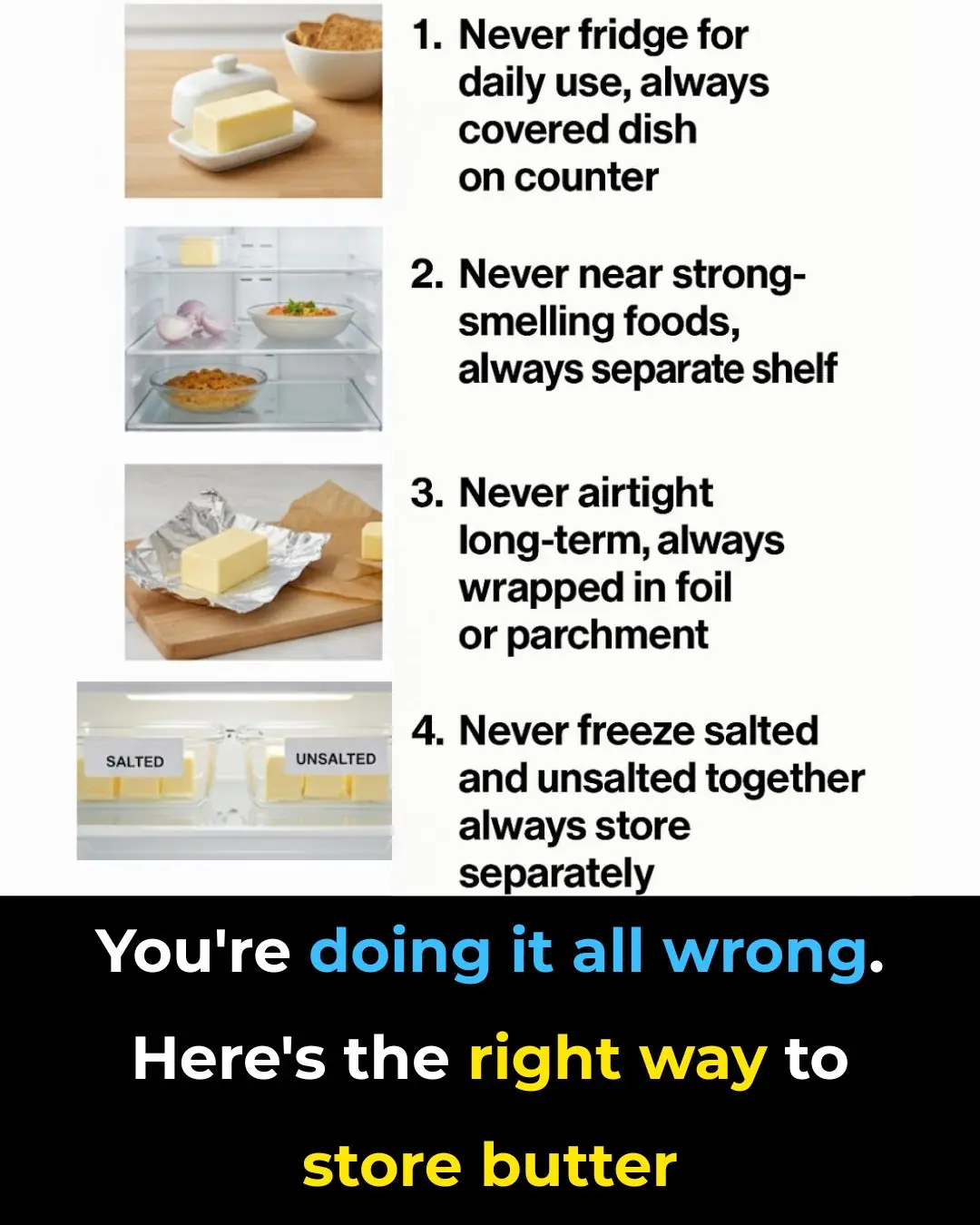
You're doing it all wrong. Here’s the right way to store butter

Why There’s a Dent in Your Milk Jug—and What It Actually Does

The more you clean a leaky house, the dirtier it gets: Do this to dry it, with immediate effect

During humid spring rains, put this in the bathroom to help deodorize, avoid moisture, and save cleaning time.

4 ways to distinguish clean vermicelli and vermicelli contaminated with chemicals, every housewife should know

Tips for salting white eggplants so they stay crunchy, don't turn black, and don't develop mold over time

Putting citrus peels in white vinegar helps solve many household problems without wasting effort.

The whole world values this type of fruit even more than cordyceps; Vietnam has plenty of it, but no one knows to eat it.
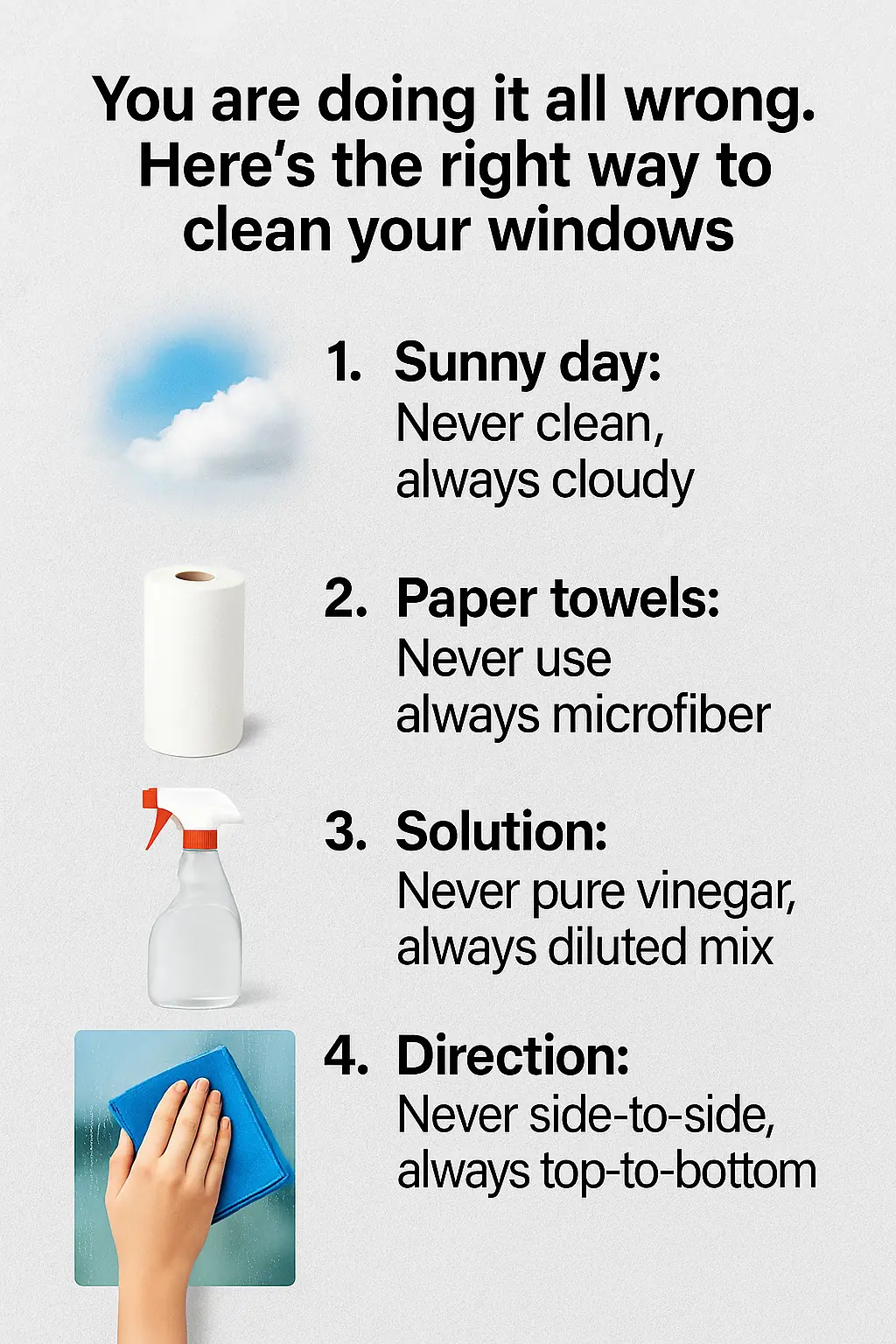
You are doing it all wrong. Here's the right way to clean your windows

My nana taught me this hack to whiten dingy grout in 4 mins with 0 work. Here’s how it works

You’re doing it all wrong. Here’s the right way to dust your home

These ideas are amazing

The 'immortality' drink helps an 82-year-old female professor work tirelessly and fight aging: The recipe is extremely simple

Wild vegetables that never worry about chemicals are considered longevity vegetables in Japan, but many Vietnamese people still pull them out.

Add a drop of essential oil to an onion, and no matter how many mosquitoes and insects there are, they will all fly away.
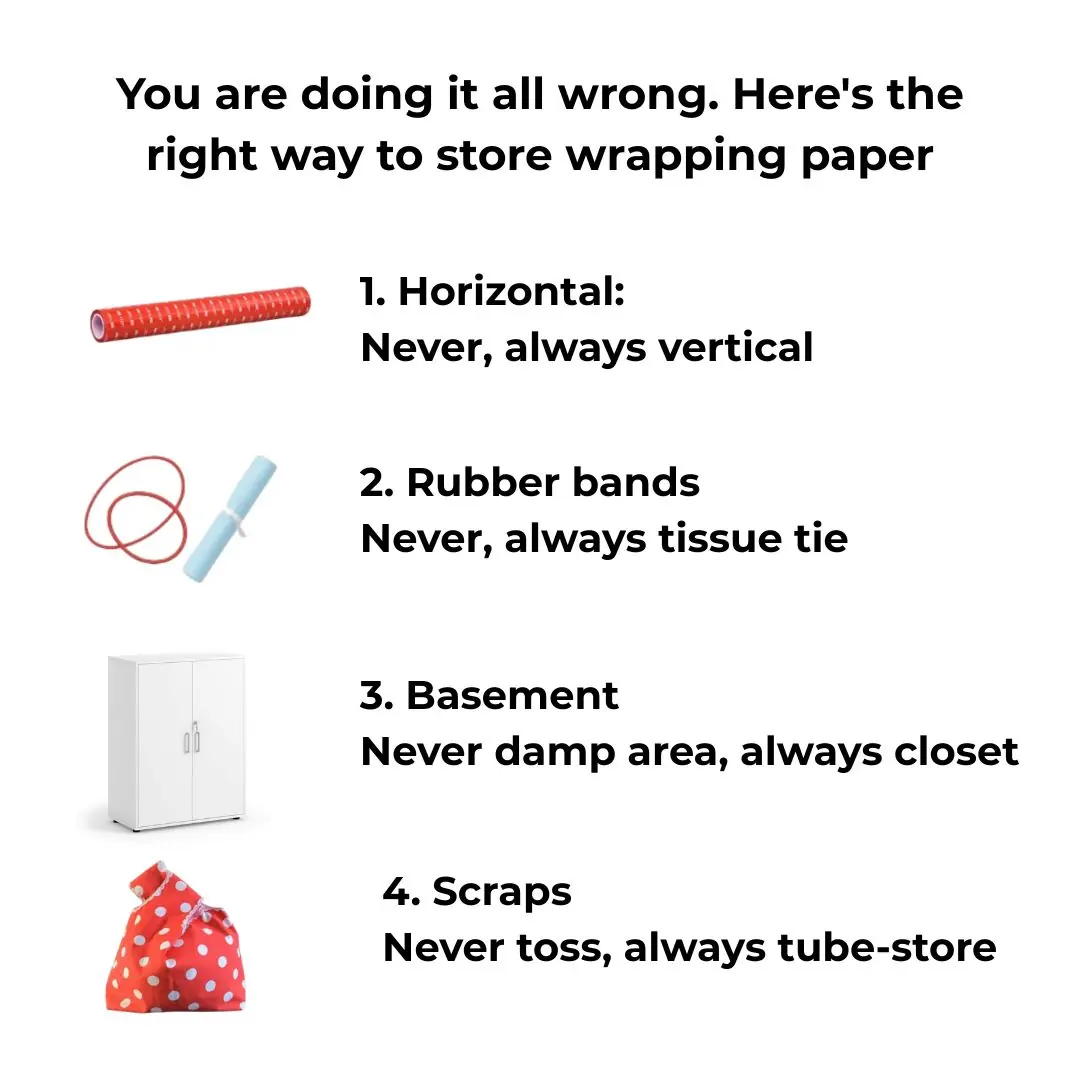
You are doing it all wrong. Here’s the right way to store wrapping paper
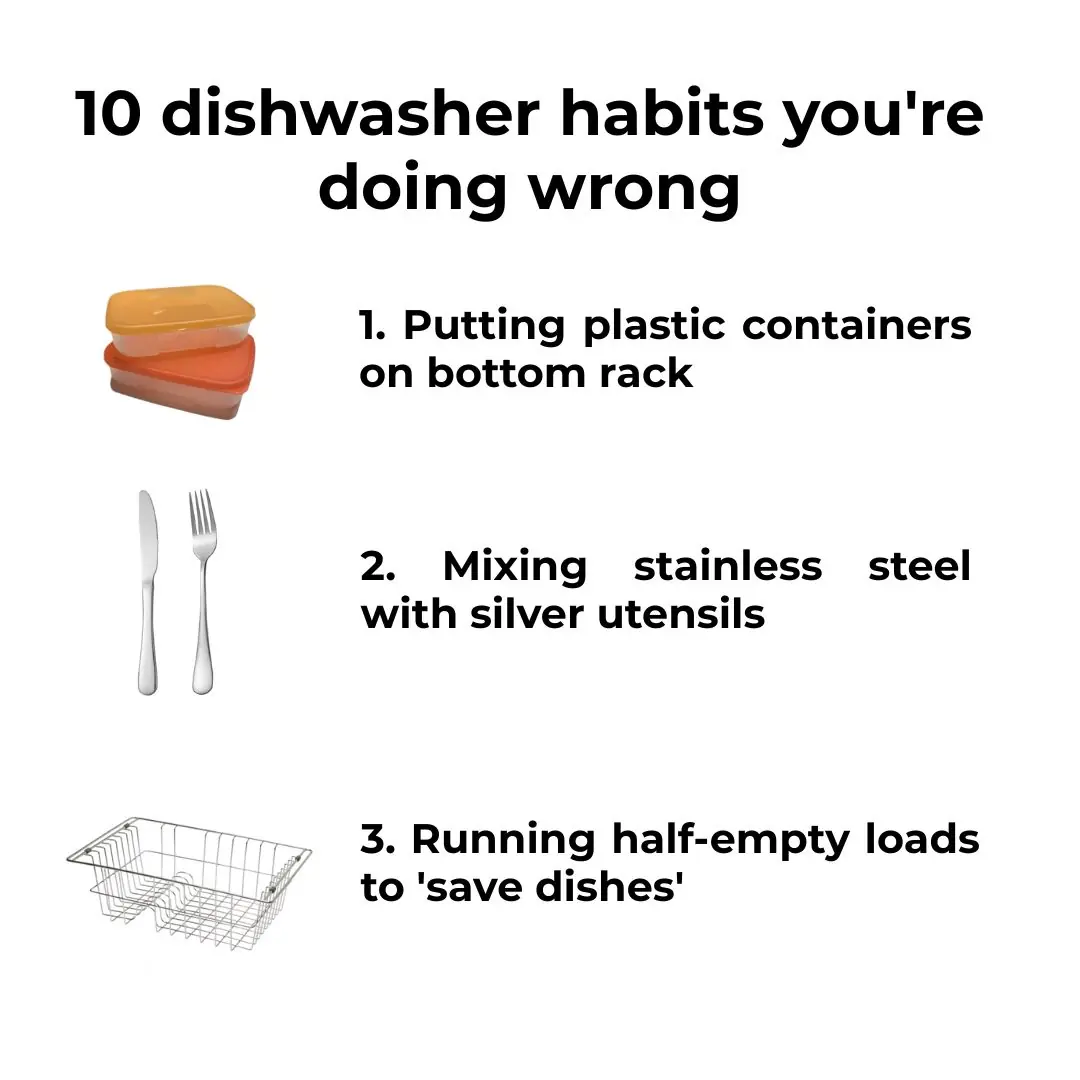
10 dishwasher habits you’re doing wrong
News Post

A Quiet Farewell: Robert Redford’s Final Glimpse of Hope.

The Elephant Who Swam Too Far: A Story of Courage, Compassion, and Survival.

Why Do Flat Electrical Plugs Have Two Round Holes? The Hidden Function Is Brilliant

YouTuber shocks fans after revealing he hasn't showered in three months

YouTubers expose reality of 'toxic' Colorado ghost town that was abandoned for tragic reason

What Your Pile of Dirty Dishes Might Really Be Saying About You

Japanese scientists delete chromosome that causes down syndrome

Sleeping Naked: 8 Surprising Benefits

You're doing it all wrong. Here’s the right way to store butter

Unlock Radiant Skin: Your Comprehensive Guide to Homemade Flaxseed Gel

Can You Really Reverse Grey Hair? The Truth Behind Natural Remedies and Modern Treatments

Why There’s a Dent in Your Milk Jug—and What It Actually Does

Transform Your Hair Naturally with Onion and Coffee: A Powerful DIY Treatment for Thicker, Healthier Hair

DIY Rice Flaxseed Gel for a Youthful, Glowing Complexion: Revitalize Your Skin Naturally
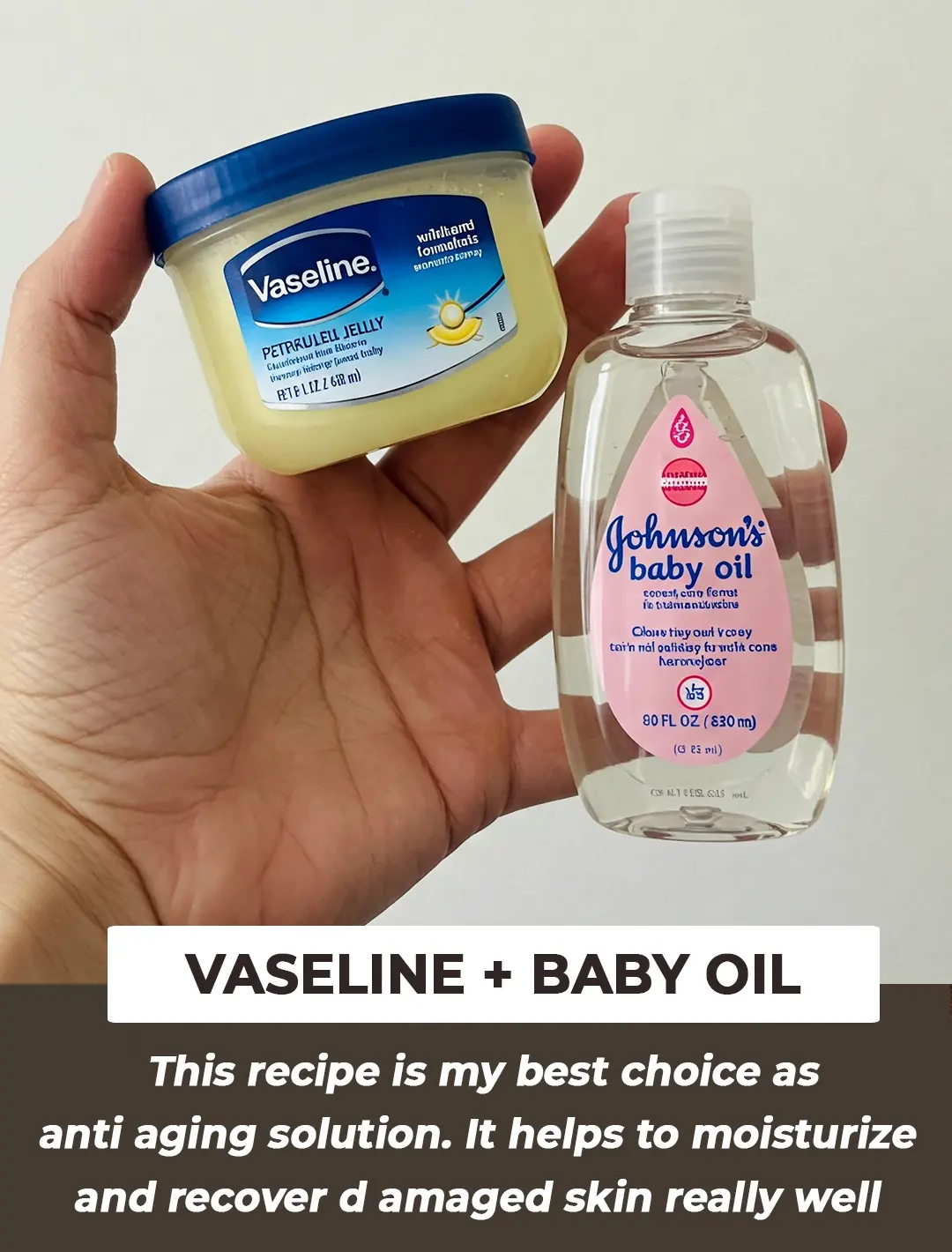
The Ultimate Anti-Aging Solution: How Vaseline and Baby Oil Can Transform Your Skin Overnight

Lash Booster Serum To Get Thicker Beautiful Eyelashes

20 Makeup Tips for Women Over 50 to Look Younger and More Radiant

Unlock Radiant, Glowing Skin: Your Guide to the 10 Best Homemade Potato Face Packs

Homemade roasted onion peel for grey hair: A Natural Solution for Vibrant, Darker Hair
